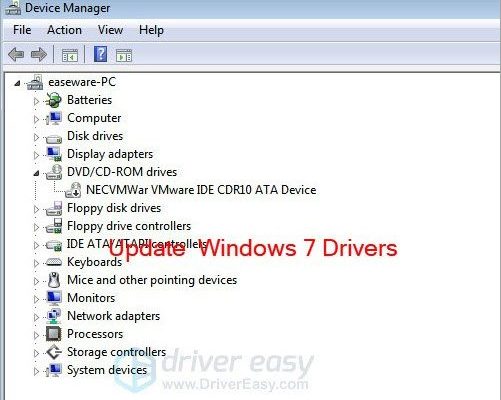Here Are the Top Five ‘Tech Enablers’ in K–12 Education

By now, you should know that technology is becoming more and more present in the classroom, and it is changing the way educators teach, and students learn. It is the driving force of today’s society, and it will continue to evolve and adapt until it is the driving force of education.
You may have heard of ‘tech enablers,’ which are different technology pieces that are fueling and improving education. In this article, we’re going to discuss the top five of these enablers and their effects on the classroom. Read on to learn more.
Digital Collaboration Platforms
This first enabler could not be more critical today. With the outbreak of COVID-19, schools worldwide shut down to keep infection rates as low as possible. Teachers and students had to turn to virtual classrooms to continue education, and they did so by using digital collaboration platforms.
These platforms allow teachers and students to communicate, meet, and discuss various topics and the coursework for the year. One such platform is Pedagogue, which is a Social Learning Management System.
It merges the traditional features of an LMS with features from social media, like video, live streaming, chat, and more. This creates a streamlined, efficient learning experience.
Tools for Online Privacy & Safety
Since most learning has moved to an online space, it is perhaps more crucial now than it ever was for teachers and students to maintain privacy and safety online. There are millions of hackers and digital criminals out there, and students are amongst the most vulnerable to these crimes.
Tools like ad-blockers, VPNs, and virus protection suites are essential to maintain safety and privacy online. Most students are much more technologically savvy than their teachers, and they know their way around the internet and social media, but that does not mean that they are immune to cybercrimes.
Analytics and Adaptive Technologies
Analytics tools are becoming more and more popular in education. Tools like Google Forms, which allows educators to create and distribute their own tests, surveys, and assessments, give teachers insight into the nature of their students’ specific problems, allowing for more personalized learning.
When used in conjunction with adaptive technologies, which suggest the best course of action to work through any problems a learner might have, education becomes a process of identifying and working through issues. This encourages student engagement and motivation.
Cloud Infrastructure
Cloud infrastructure allows for the storing of information in ‘the cloud,’ hence the name. Thanks to this, students can submit work to the cloud storage for their class or school to be downloaded and assessed by their teachers.
This is vital in remote learning since there are no physical papers to grade. Teachers are also able to upload material and additional content to the cloud, which can then be downloaded and viewed by students.
Mobile Devices
Many students use their mobile devices to access information that is relevant to their coursework via the internet. Mobile learning is becoming more and more popular, and there are plenty of apps out there that enable mobile education.
Students virtually walk around with an enormous database of information in their pockets, which they can access at any time by tapping a few buttons. When used in conjunction with cloud infrastructure, learners can access their coursework from anywhere in the world, provided they have a stable internet connection.
Concluding Thoughts
There you have it – the top five ‘tech enablers’ in education. We hope you found this article useful and encouraged you to lean more into education technology.






